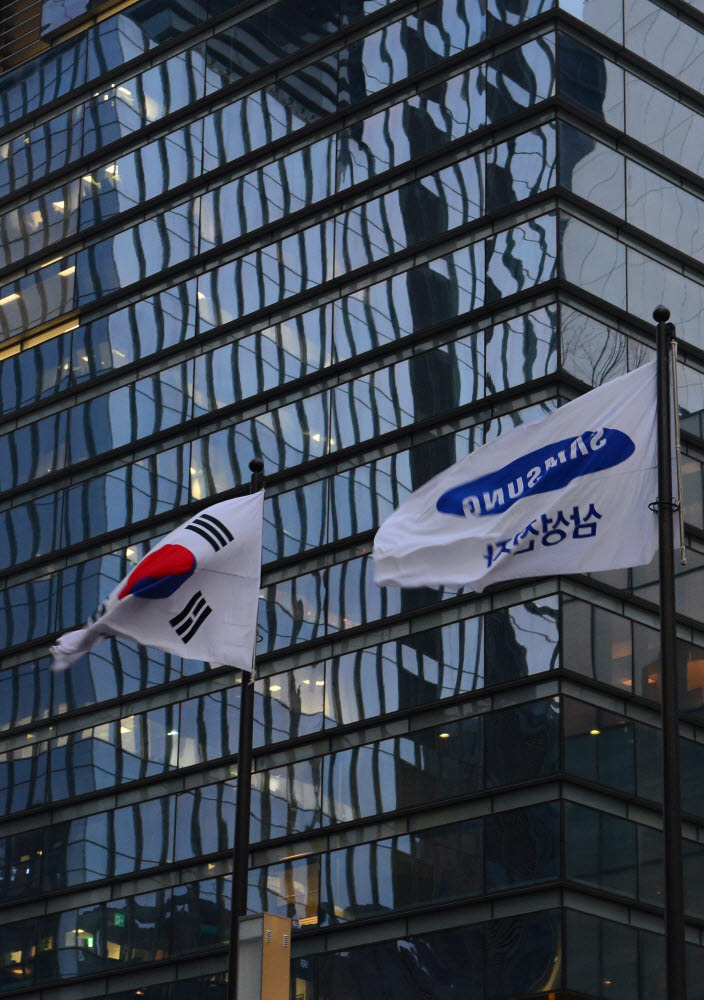
Samsung Electronics and Naver recorded record performance last year despite various negative factors such as Corona 19. Actively discovering non-face-to-face demand, keeping an eye on the rapidly changing external environment, and implementing aggressive investments and customized strategies for each region and sector were the main results. The two companies proved their risk management capabilities as Korea’s leading information technology (IT) companies.
On the 28th, Samsung Electronics and Naver released their fourth quarter last year and annual results.
Last year, Samsung Electronics recorded a consolidated sales of 23.61 trillion won and an operating profit of 35.99 trillion won, respectively. Compared to the same period of the previous year, sales and operating profit grew by 2.7% and 29.6%.
It is the fourth time since 2013, 2017 and 2018 that the annual operating profit exceeded 35 trillion won. Sales also increased slightly compared to the previous year, but the total amount was the third highest ever. It is an evaluation that it has achieved a’previous grade’ grade.
Samsung Electronics was somewhat sluggish in the first half of last year due to the global corona 19 pandemic. In the third quarter, pent-up demand exploded and non-face-to-face demand surged. Although it was slower than the previous quarter due to the exchange rate and intensifying marketing competition in the fourth quarter, sales of semiconductors (foundries) and displays recorded record highs, driving the yearly performance.

It was analyzed that Samsung Electronics’ record-breaking performance was preemptively and quickly implemented in a crisis situation. Last year, Samsung Electronics made a total facility investment of 38.5 trillion won, including 3,290 trillion won in the semiconductor sector and 3.900 trillion won in the display sector. In order to supply semiconductors with the arrival of the’supercycle’ (long-term boom), displays and mobile products that are expected to recover in demand, they are expanding their infrastructure in advance.
In addition, the development of innovative process technology, promotion of cost structure improvement, such as the launch of a mid-to-low price lineup of 5G (5G) mobile communications, and the supply of reasonably priced products in the right place through systematic global supply chain management (SCM) are also considered as success factors.
Samsung Electronics Vice President Seo Byung-Hoon said, “Compared to last year, global demand is expected to increase, but the risk of Corona 19 is also present.” “We will focus on enhancing cost competitiveness and enhancing product leadership by accelerating the next-generation process transition in the parts sector.” Said.

Naver also saw the effect of strengthening the non-face-to-face business. All business divisions including search, commerce, fintech, content, and cloud grew evenly, recording the highest performance ever. In particular, thanks to the global growth of webtoons, the growth of the content sector was steep. This trend is expected to continue this year.
Last year, Naver’s sales amounted to 5,3041 trillion won, and its operating profit was 1,2153 billion won. Excluding Line from earnings, sales volume decreased compared to the previous year. When calculating the Naver division alone, sales increased 21.8% and operating profit increased 5.2%.
In the fourth quarter, sales increased by 11.2% compared to the previous quarter to KRW 1.5126 trillion, and operating profit increased by 11.0% to KRW 323.8 billion, the highest quarterly performance ever.
The commerce division recorded 316.8 billion won, up 11.0% over the previous quarter. Annual sales are KRW 1.89 trillion, up 37.6% from the previous year.
With efforts such as zero start-up fees, support for marketing points for each stage of growth, and expansion of non-face-to-face digital transformation education programs, it was the main effect that SMEs settled in the digital environment and grew rapidly.
The fintech division’s sales grew 15.6% QoQ to KRW 2011 billion, driven by the growth of smart stores and Naver Pay, driven by the expansion of external partners. Annual sales increased 66.6% year-on-year to 677.5 billion won.
The area with the highest growth rate is the content sector. The content division recorded 138.9 billion won, an increase of 20.9% QoQ thanks to the global growth of webtoons. Annual sales were 4602 billion won, up 48.8% year-on-year. With the acquisition of Whatpad, Naver plans to reinforce its global competitiveness in the content sector by strengthening cooperation with Big Hit following YG and SM Entertainment.
Naver CEO Han Seong-suk said, “Last year, Naver has grown together by supporting SMEs and creators. “We have expanded cooperation with competitive partners for new business and global challenges,” he said. “We will try to expand the ecosystem encompassed by Naver and grow together by actively developing R&D, investments, acquisitions, and alliances.”
Reporter Jeong Yong-cheol [email protected], Reporter Ahn Ho-cheon [email protected]
